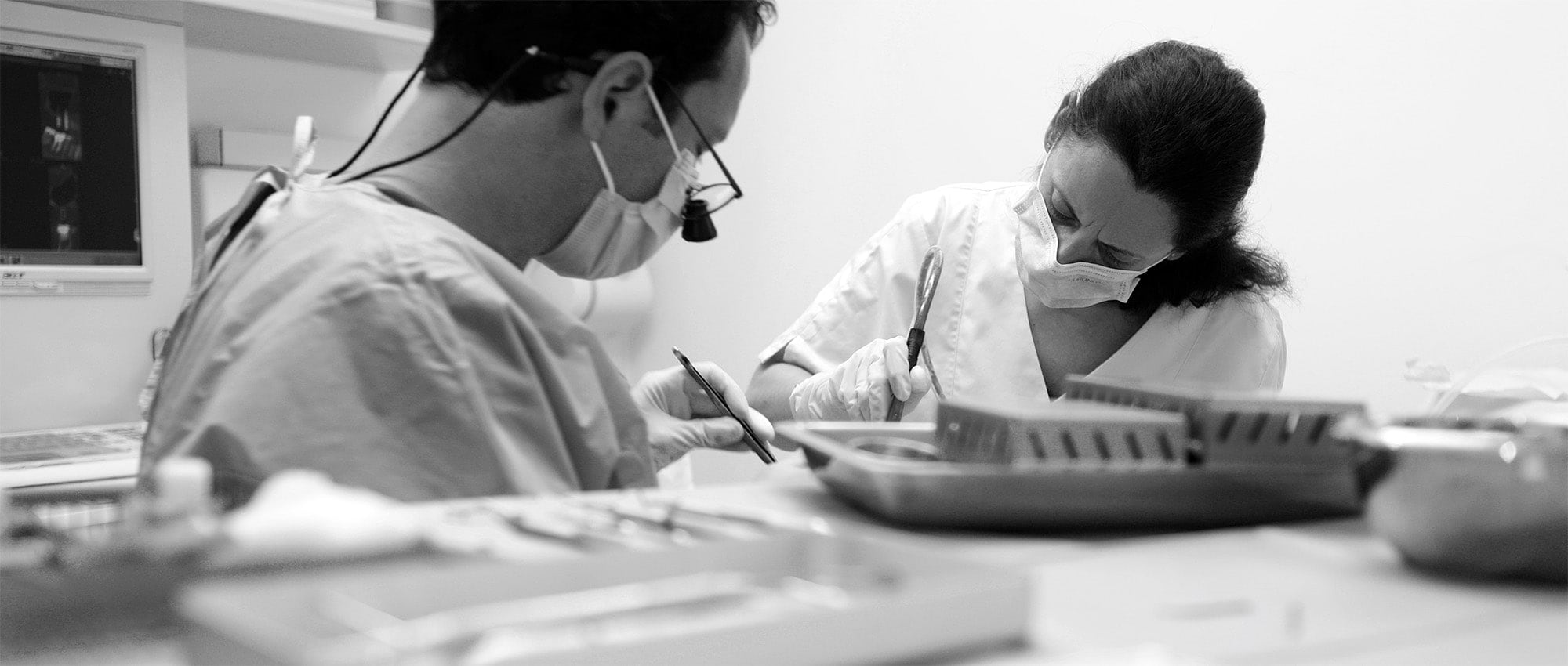
Machined bone allografts
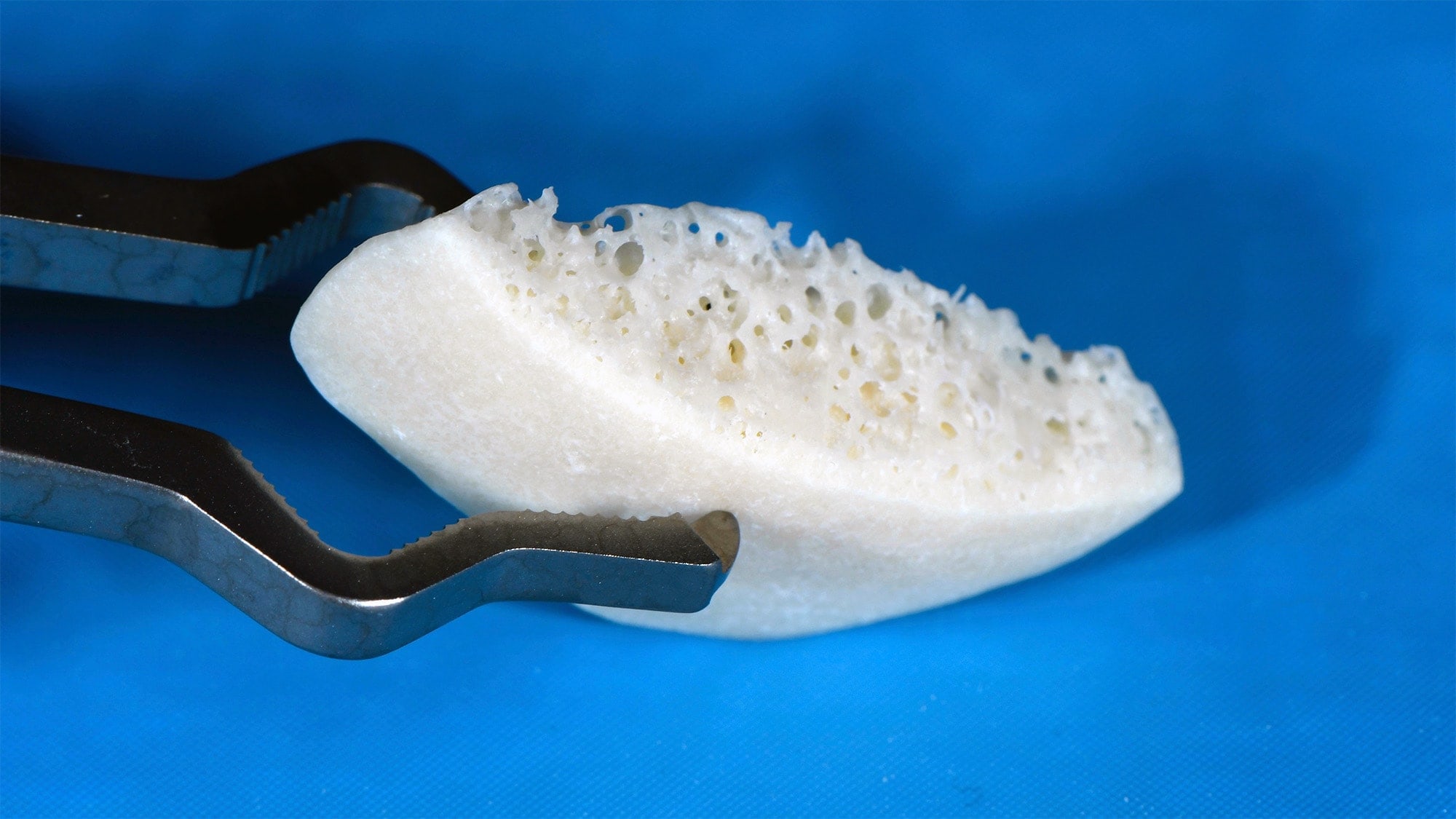
When it is necessary to increase the bone volume before placing implants, the machined bone allografts are very useful.
Machined from natural bone, perfectly adapted to the recipient site, they allow us to increase the bone volume without resorting to a specimen from the patient, which limits the postoperative complications.

Pre-implant guided bone regeneration
When bone needs to be increased around an implant, guided bone regeneration is an alternative to machined allografts. This technique involves placing allogeneic bone particles (of human origin) around the implant, then covering the assembly with a collagen membrane that will protect these particles during healing. In about 4 months, these particles are transformed by into natural bone by the body.
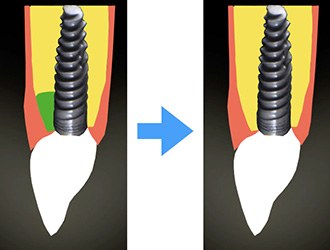

Sinus fillings
It is common for the bottom teeth of upper arch to lack sufficient bone for the placement of dental implants because of the maxillary sinus, which is a cavity located above the maxillae. In such cases, the sinus is filled with a biomaterial (usually of bovine origin), which is transformed into natural bone in about 6 months.
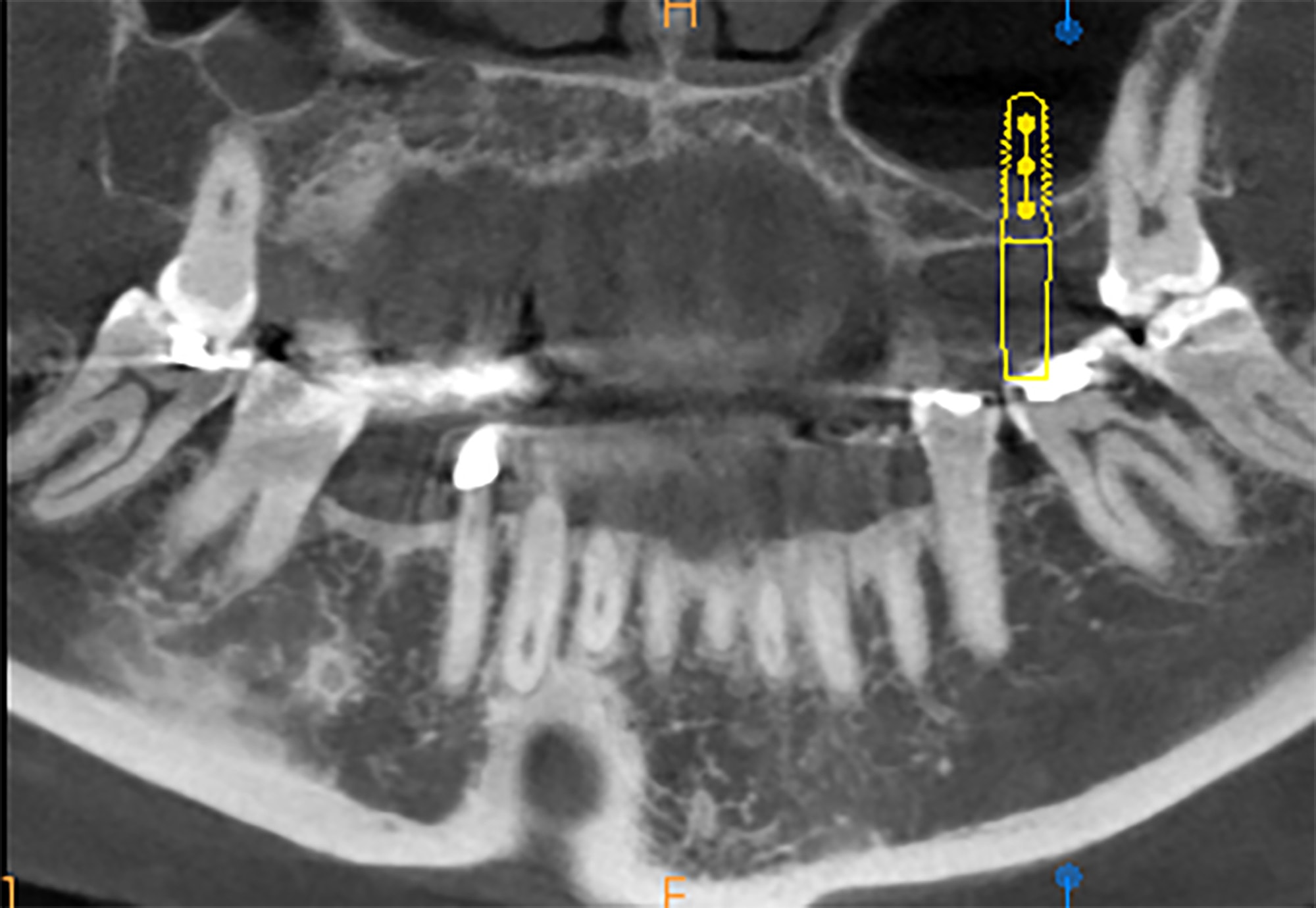
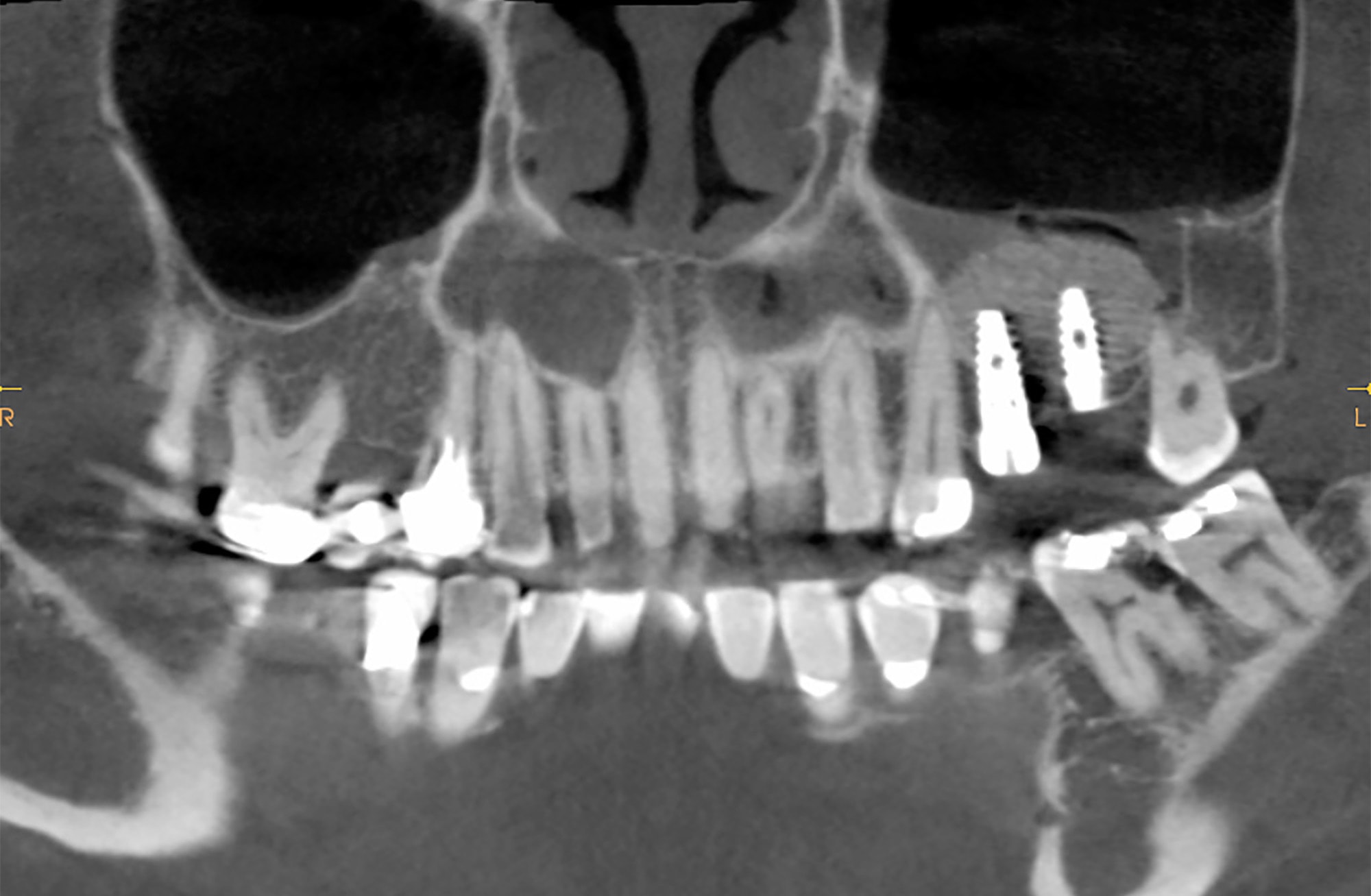
Pre-implant gingival grafts
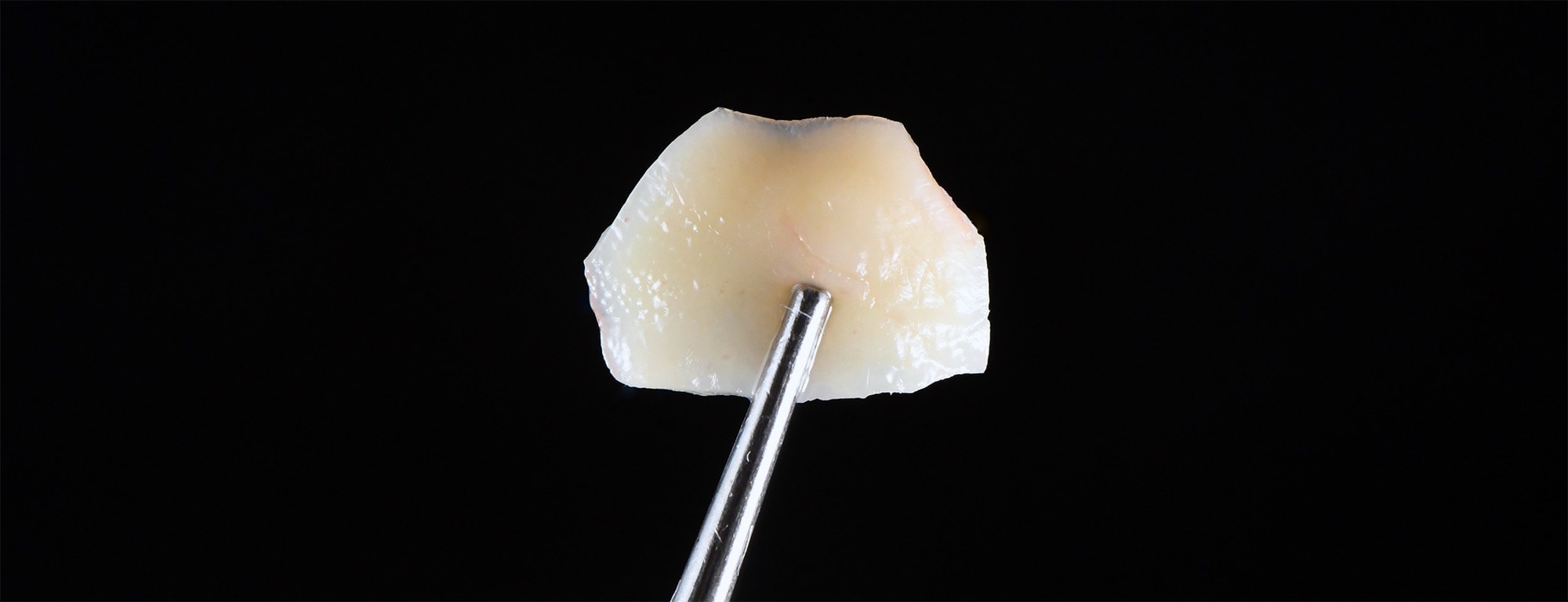
In general, the gums around implants are more fragile than those of natural teeth. This is the weak point of implants, and you should not hesitate to strengthen it by performing a pre-implant gingival graft.
This type of intervention can also be indicated to curve the gum around the implants when working in the anterior area (front teeth). This gives a more natural look to implant restoration, creating the illusion of coming out of the gum as a natural tooth.

